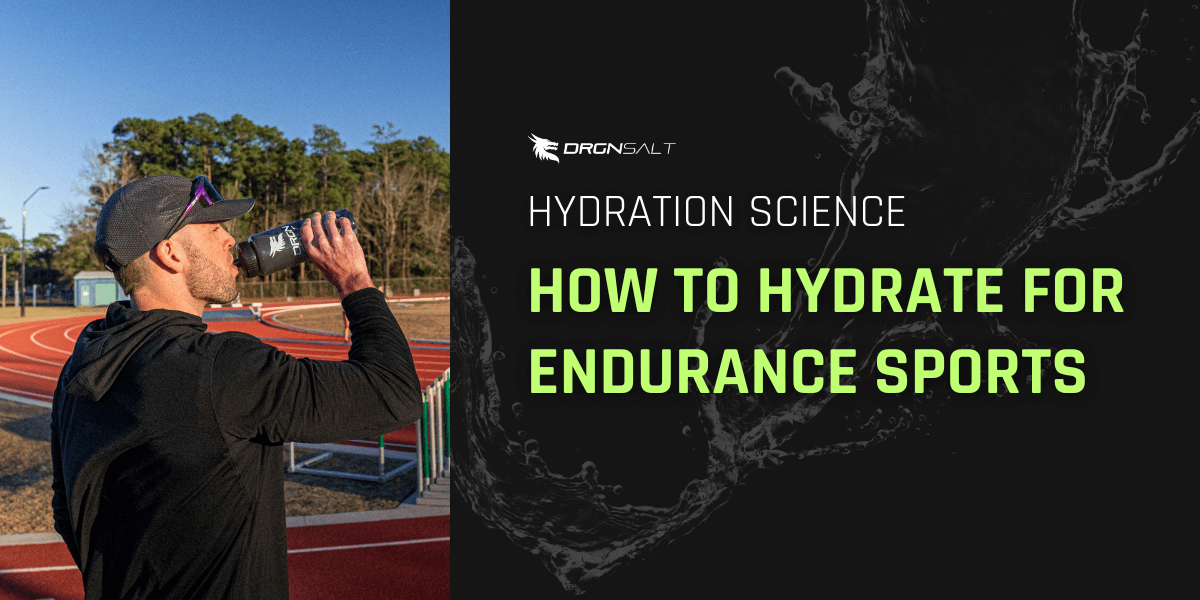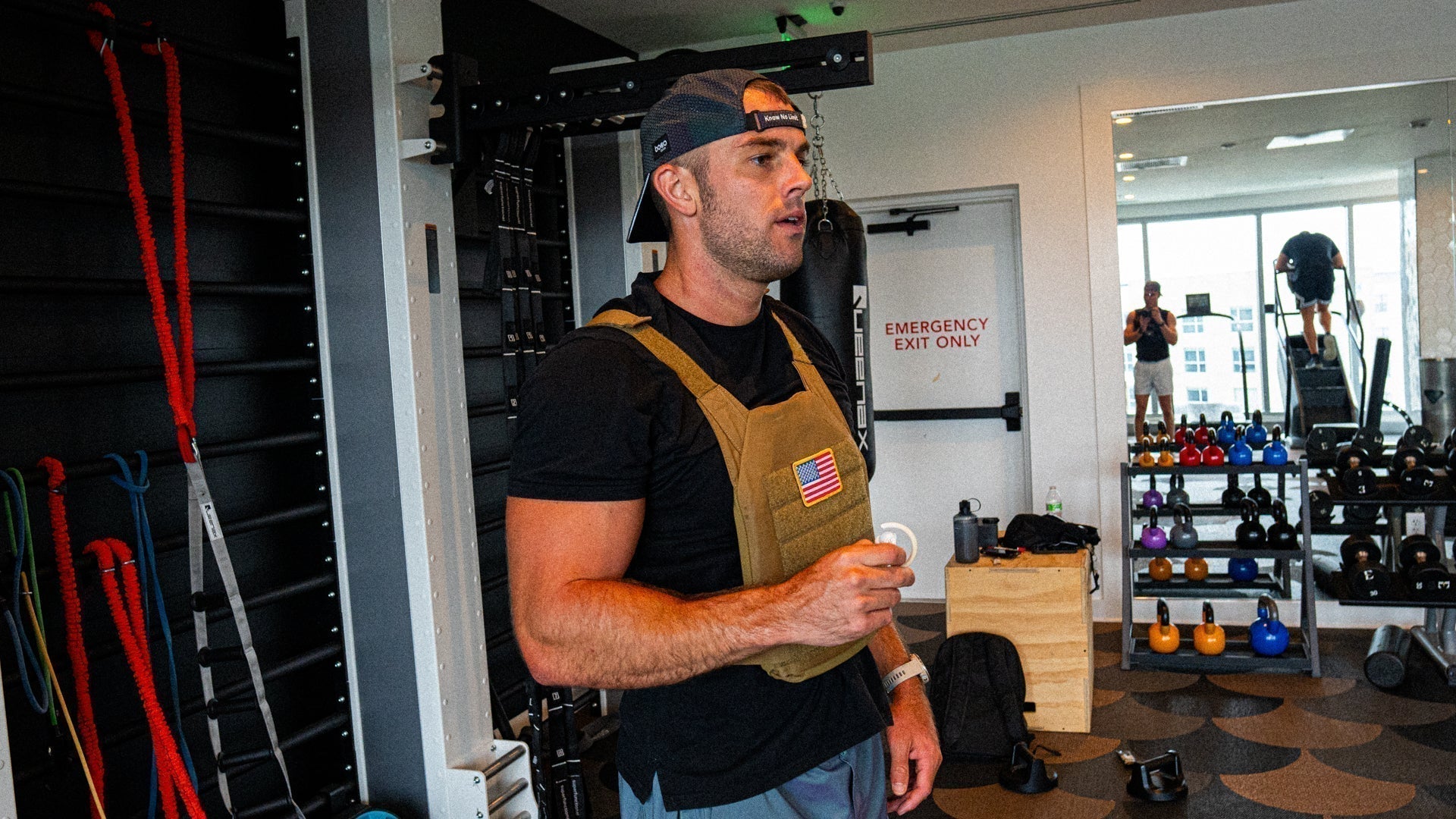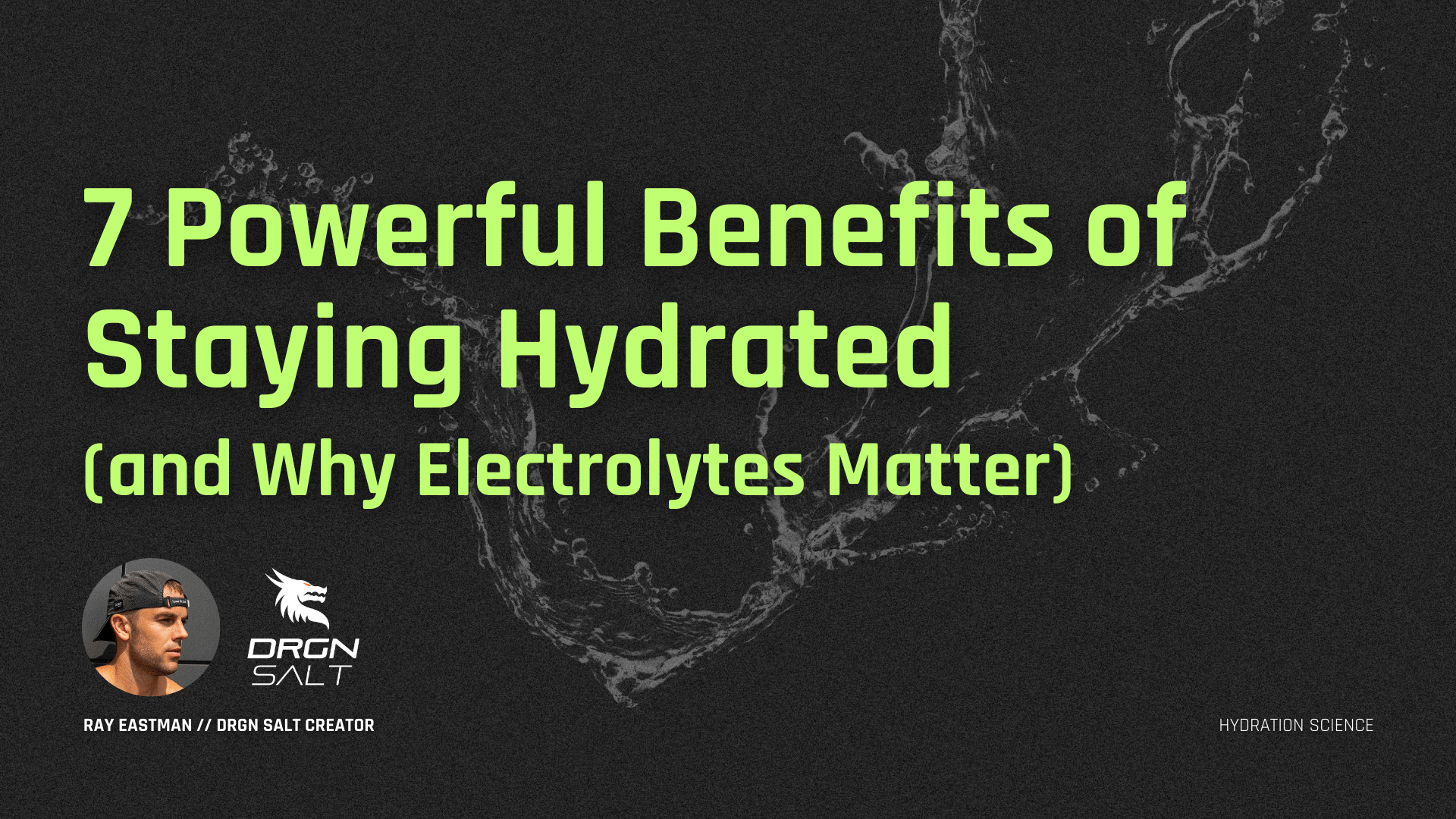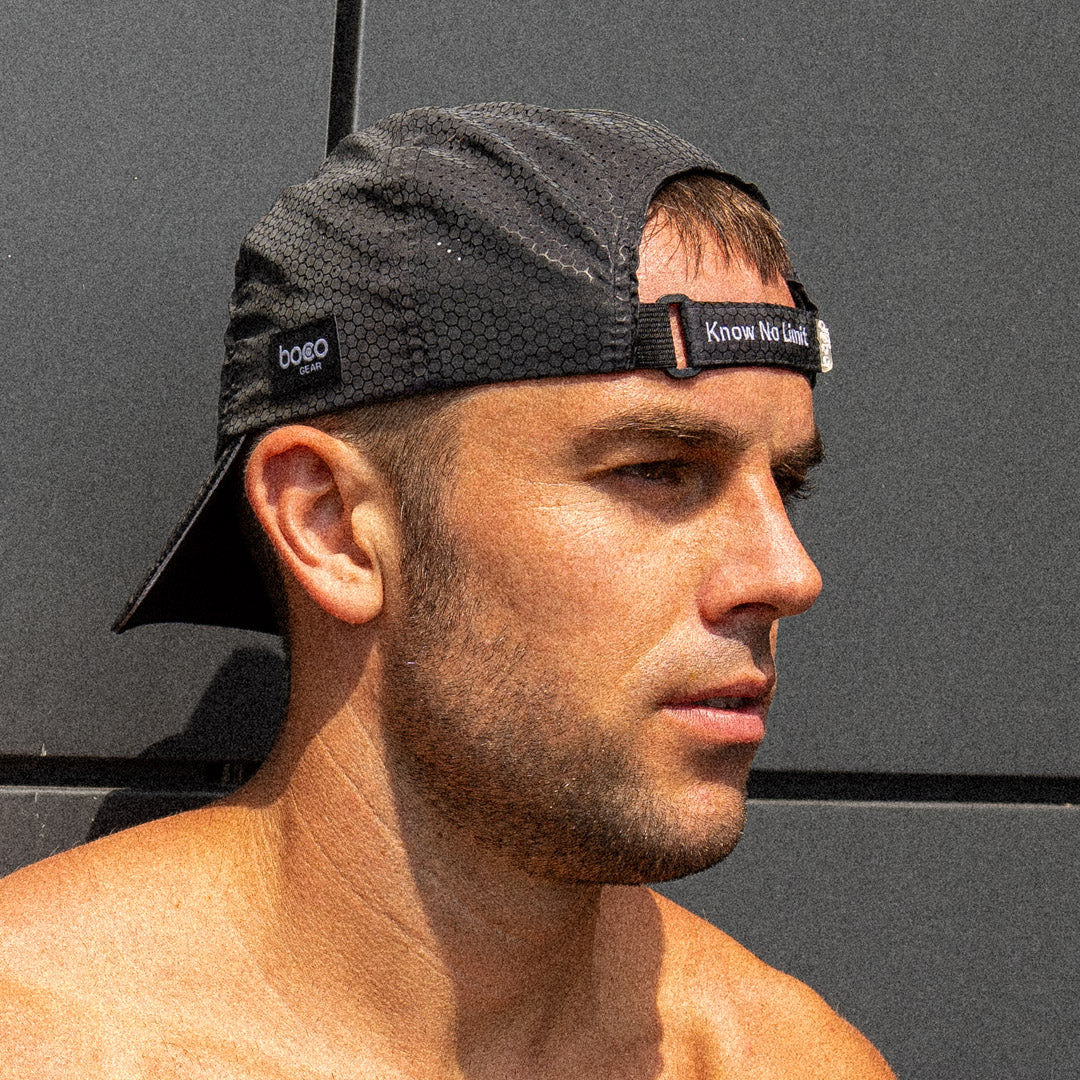Proper hydration is essential for endurance athletes. Whether you’re training for a marathon, triathlon, or long-distance cycling event, maintaining optimal fluid balance can enhance performance, prevent fatigue, and reduce the risk of cramps or heat-related issues. Here’s how to hydrate effectively before, during, and after endurance sports.
Pre-Workout Hydration
Hydration starts long before your event or workout. Ensuring that you begin exercise well-hydrated sets the foundation for sustained performance.
- Start Hydrating Early: Drink at least 16-32 ounces of water with electrolytes 1-3 hours before exercise.
- Electrolyte Preloading: Sodium and potassium are crucial for fluid retention and nerve function. A high-sodium electrolyte drink, such as DRGN SALT, before training helps maintain electrolyte balance.
- Monitor Urine Color: Pale yellow urine is a good indicator of adequate hydration. Dark yellow may indicate dehydration, while clear urine can suggest overhydration.
Hydration During Exercise
During endurance activities, fluid loss through sweat increases, and maintaining hydration is key to sustaining energy and preventing performance decline.
- Drink Consistently: Aim for 4-8 ounces of fluids every 15-20 minutes, adjusting based on sweat rate and temperature.
- Use Electrolytes: Water alone isn’t enough for long-duration efforts. Sodium, potassium, and magnesium are necessary to prevent cramps and sustain endurance.
- Avoid Overhydration: Drinking too much plain water without replenishing electrolytes can lead to hyponatremia, a condition where sodium levels drop too low, causing nausea, confusion, and in severe cases, life-threatening complications.
Post-Workout Hydration
Rehydration after exercise is crucial for recovery and muscle repair.
- Replenish Fluids: Consume at least 16-32 ounces of fluid to replenish what your body lost during exercise.
- Restore Electrolytes: A high-sodium electrolyte drink helps retain fluids and accelerates rehydration.
- Include Carbohydrates: A combination of fluids and carbohydrates replenishes glycogen stores and supports muscle recovery.
Signs of Dehydration in Endurance Sports
Recognizing dehydration symptoms can help prevent performance decline and health risks.
- Early signs: Thirst, dry mouth, and fatigue.
- Moderate dehydration: Dizziness, muscle cramps, and dark urine.
- Severe dehydration: Rapid heartbeat, confusion, and a drop in performance.
Hydration Strategies for Different Conditions
- Hot and Humid Conditions: Increase fluid and electrolyte intake since sweat rates are higher.
- Cold Weather: Dehydration still occurs, even if sweat is less noticeable. Stick to a hydration schedule.
- High-Altitude Training: Increased respiratory rate leads to more fluid loss. Hydrate more frequently.
Final Thoughts
Hydration is a critical factor in endurance sports. By planning and incorporating electrolyte-rich drinks like DRGN SALT, you can maintain peak performance, reduce fatigue, and optimize recovery. Stay ahead of dehydration by hydrating before, during, and after your workouts, and tailor your strategy to your unique sweat rate and conditions.
Want to level up your hydration game? Try DRGN SALT for a science-backed electrolyte boost designed to help athletes push further and recover faster.





